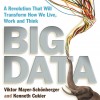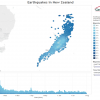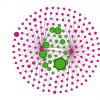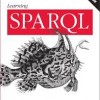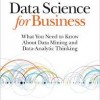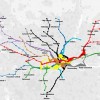We hear a lot about “Big Data” at ScraperWiki. We’ve always been a bit bemused by the tag since it seems to be used indescriminately. Just what is big data and is there something special I should do with it? Is it even a uniform thing? I’m giving a workshop on data science next week and […]
